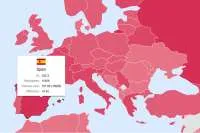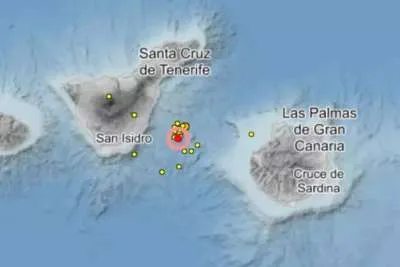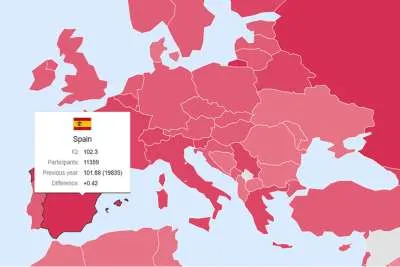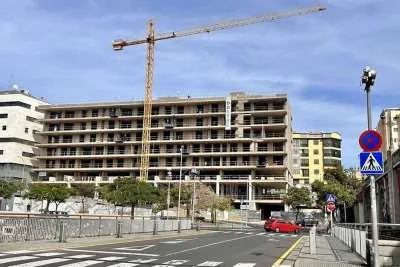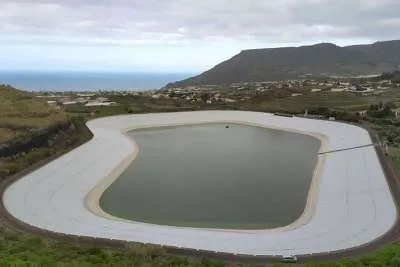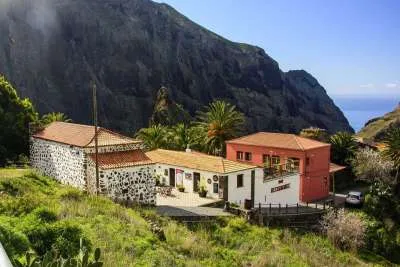Property prices have risen by 7.1% in the Canary Islands during 2024
- 31-12-2024
- Business
- Canarian Weekly
- Photo Credit: Europa Press
The cost of new and pre-owned properties in the Canary Islands has increased by 7.1% this year reaching an average of €1,678 per square metre, compared to the fourth quarter of 2023, according to data from property valuation company Tinsa.
This increase highlights ongoing demand and regional variations in property values.
Provincial and Regional Trends
The western province of the Canary Islands, Santa Cruz de Tenerife (Tenerife, La Palma, La Gomera and El Hierro) saw the steepest rise, with prices climbing by 11.5% year-on-year to €1,767 per square metre.
Meanwhile, the eastern province of Las Palmas (Gran Canaria, Lanzarote and Fuerteventura) experienced a more modest increase of 4.6%, bringing average prices to €1,663 per square metre. Despite this, Las Palmas de Gran Canaria remains the most expensive city, with property values at €1,805 per square metre, compared to €1,728 in Santa Cruz de Tenerife.
Across Spain, the housing market also experienced growth, with average prices increasing by 4.4% over the past year. Adjusted for inflation, this represents a real-term growth of 2.3%, buoyed by improving economic conditions, including a decrease in financing costs and increased access to credit following policy shifts by the European Central Bank.
Factors Driving Growth
The rise in house prices is attributed to several factors. Cristina Arias, director of Tinsa’s Research Service, points to a resilient labour market, recovering household purchasing power, and increased demand spurred by immigration and foreign buyers. These elements have supported a robust housing market despite ongoing challenges with affordability and supply shortages.
Arias also notes a notable example in the Madrid province, where year-on-year price growth reached 7% in the fourth quarter, aligning closely with inflation levels. This growth is expected to sustain residential demand and investment in the coming year, although at more moderate rates.
Long-Term Trends and Historical Context
Housing prices in Spain, while increasing, remain 14.6% below their peak levels from the fourth quarter of 2007. However, they have risen nearly 45% since hitting their lowest point in the summer of 2015.
In the Canary Islands specifically, this year’s 7.1% increase underscores the archipelago’s position as one of Spain’s more dynamic housing markets, along with regions such as the Balearic Islands, Cantabria, and Madrid.
Despite strong demand, challenges persist. Limited housing stock in high-demand areas continues to drive prices up, making access difficult for many residents. Additionally, while financing conditions have eased, affordability remains a critical issue for a significant segment of the population.
Outlook for 2025
Looking ahead, experts predict stable growth in housing sales and prices, supported by favourable financing conditions and sustained economic resilience. However, the market is expected to moderate, with “reasonable” growth rates as the housing sector adjusts to current levels of supply and demand.
The Canary Islands’ housing market, shaped by its unique geographic and economic factors, is likely to remain a focus for both local buyers and international investors, reinforcing its importance in Spain’s broader property landscape.







